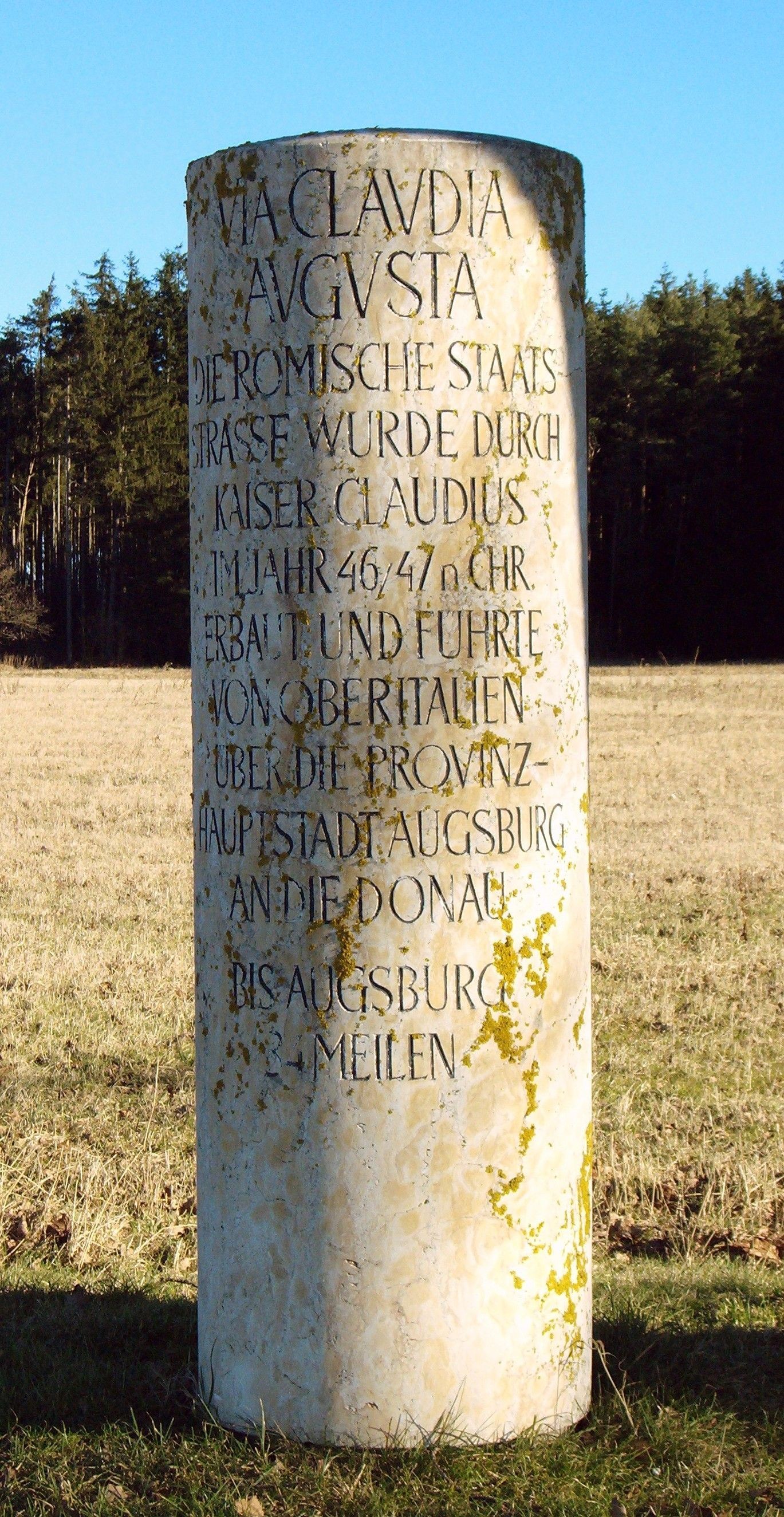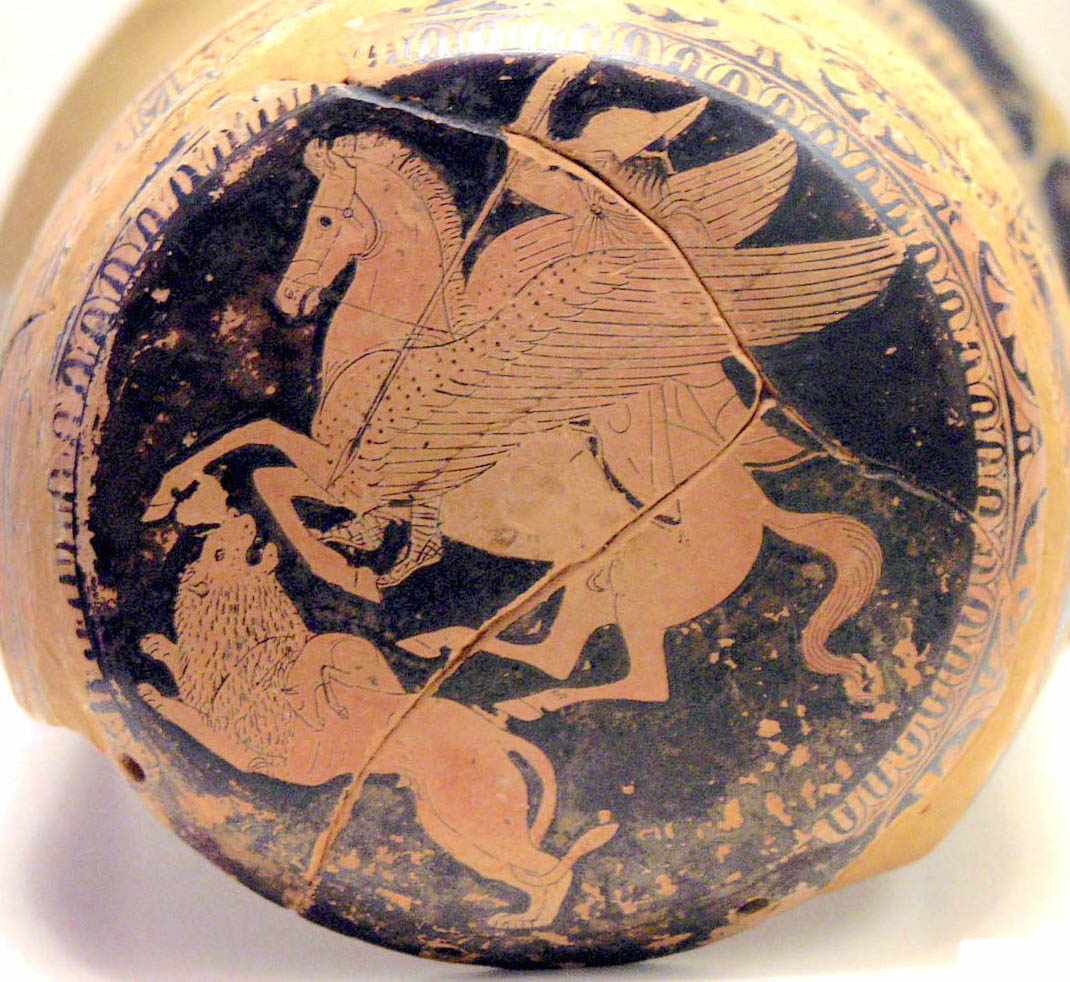|
Busa Del Pomar
'' 'Busa del Pomar' '' is an ancient silver mine located in the north of Italy, just north east Trento. It is one of the major mines (locally called canope) that are part of the old Monte Calisio silver-mining complex. Position and structure The mine is situated at about 600 m asl and is located about 1 km from the village of , near both to Masi Saracini and to Via Claudia Augusta. The mine has three entrances: the lower entrance and the main entrance are connected and continue with a remarkable development of tunnels which are often unstable and passable with difficulty. The third entrance, unlike the previous ones, does not continue in depth but stops almost immediately. Entrata Inferiore Busa del Pomar.JPG, Lower Entrance Entrata Principale Busa del Pomar.JPG, Main Entrance Entrata Superiore Busa del Pomar.JPG, Upper Entrance Geology and extracted material The deposit is of sedimentary origin and in particular is part of the last layer of limestone of Belleroph ... [...More Info...] [...Related Items...] OR: [Wikipedia] [Google] [Baidu] |
Trento
Trento ( or ; Ladin and lmo, Trent; german: Trient ; cim, Tria; , ), also anglicized as Trent, is a city on the Adige River in Trentino-Alto Adige/Südtirol in Italy. It is the capital of the autonomous province of Trento. In the 16th century, the city was the location of the Council of Trent. Formerly part of Austria and Austria-Hungary, it was annexed by Italy in 1919. With 118,142 inhabitants, Trento is the third largest city in the Alps and second largest in the historical region of Tyrol. Trento is an educational, scientific, financial and political centre in Trentino-Alto Adige/Südtirol, in Tyrol and Northern Italy in general. The city contains a picturesque Medieval and Renaissance historic centre, with ancient buildings such as Trento Cathedral and the Castello del Buonconsiglio. Together with other Alpine towns Trento engages in the Alpine Town of the Year Association for the implementation of the Alpine Convention to achieve sustainable development in the ... [...More Info...] [...Related Items...] OR: [Wikipedia] [Google] [Baidu] |
Monte Calisio
Monte Calisio (also called Argentario from Argento, meaning silver in Italian), at , is a mountain located in the North of Italy and surrounded by the suburbs of Trento and Civezzano: Martignano, Cognola, Villamontagna, Gardolo and Melta di Gardolo. History Prehistory The first evidence of human presence in the whole region of Tirol was found here at the western slopes of Monte Calisio where, in 1971, the so called "Venere del Gàban", i.e. a statuette made from deer horn and portraying a woman, was found. Roman Period In 15 BC Roman general Nero Claudius Drusus built the so called , a road which connected t ...[...More Info...] [...Related Items...] OR: [Wikipedia] [Google] [Baidu] |
Masi Saracini
Masi may refer to: Places * Masi, Almora, a small town located in the west Ramgang valley of Almora in India * Masi, Veneto, a city in the province of Padua in northern Italy * Masi, Norway, a village in Finnmark county in northern Norway Other uses * Maasi, sister of one's mother, in Indian, Pakistani culture. * Masi (surname) * Masi (food), a Filipino dessert made from rice flour balls with a peanut filling * Masi Oka, actor, star of TV show ''Heroes'' * Masi Bicycles, a bicycle manufacturer * Masi (Fiji), the Fijian term for the Paper Mulberry tree **The Fijian name for Tapa cloth, made from the bark of the Paper Mulberry * The Sisu SA-150, a Finnish military truck colloquially known as Maasto-Sisu or Masi for short. * Masi or ''Māci'', a month in the Tamil calendar corresponding to mid-February to mid-March * Masi (india ink), an archaic (and the indian) term for ''Indian ink'' MASI may refer to: * MASI, Movement of Asylum Seekers in Ireland * MASI index Masi may ... [...More Info...] [...Related Items...] OR: [Wikipedia] [Google] [Baidu] |
Via Claudia Augusta
The Via Claudia Augusta is an ancient Roman road, which linked the valley of the Po River with Rhaetia (encompassing parts of modern Eastern Switzerland, Northern Italy, Western Austria, Southern Germany and all of Liechtenstein) across the Alps. The route still exists, and since the 1990s increased interest in long-distance hiking and cycling have made the German and Austrian stretches of the Via Claudia Augusta popular among tourists, with the result that modern signage (''illustration'') identifies the revitalised track. Since 2007, the ''Giontech Archeological Site'', in Mezzocorona/Kronmetz (Italy) serves as the Via Claudia Augusta International Research Center with the support of the ''Foundation Piana Rotaliana'' and the Government of the City of Mezzocorona/Kronmetz. History In 15 BC, the Roman general Nero Claudius Drusus, the stepson of Augustus, got orders from his stepfather to improve the passage through the Alps for military purposes and to increase Roman control ... [...More Info...] [...Related Items...] OR: [Wikipedia] [Google] [Baidu] |
Bellerophon Formation
Bellerophon (; Ancient Greek: Βελλεροφῶν) or Bellerophontes (), born as Hipponous, was a hero of Greek mythology. He was "the greatest hero and slayer of monsters, alongside Cadmus and Perseus, before the days of Heracles", and his greatest feat was killing the Chimera, a monster that Homer depicted with a lion's head, a goat's body, and a serpent's tail: "her breath came out in terrible blasts of burning flame." Bellerophon was also known for capturing the winged horse Pegasus with the help of Athena’s charmed bridle, and earning the disfavour of the gods after attempting to ride Pegasus to Mount Olympus to join them. Etymology One possible etymology that has been suggested is: Βελλεροφόντης (Bellerophóntēs) from Ancient Greek βέλεμνον (bélemnon), βελόνη (belóne), βέλος (bélos, "projectile, dart, javelin, needle, arrow") and -φόντης (-phóntēs, "slayer") from φονεύω (phoneúō, "to slay"). However, Geoffrey Ki ... [...More Info...] [...Related Items...] OR: [Wikipedia] [Google] [Baidu] |
Galena
Galena, also called lead glance, is the natural mineral form of lead(II) sulfide (PbS). It is the most important ore of lead and an important source of silver. Galena is one of the most abundant and widely distributed sulfide minerals. It crystallizes in the cubic crystal system often showing octahedral forms. It is often associated with the minerals sphalerite, calcite and fluorite. Occurrence Galena is the main ore of lead, used since ancient times, since lead can be smelted from galena in an ordinary wood fire. Galena typically is found in hydrothermal veins in association with sphalerite, marcasite, chalcopyrite, cerussite, anglesite, dolomite, calcite, quartz, barite, and fluorite. It is also found in association with sphalerite in low-temperature lead-zinc deposits within limestone beds. Minor amounts are found in contact metamorphic zones, in pegmatites, and disseminated in sedimentary rock. In some deposits the galena contains up to 0.5% silver, a byprodu ... [...More Info...] [...Related Items...] OR: [Wikipedia] [Google] [Baidu] |
Silver
Silver is a chemical element with the Symbol (chemistry), symbol Ag (from the Latin ', derived from the Proto-Indo-European wikt:Reconstruction:Proto-Indo-European/h₂erǵ-, ''h₂erǵ'': "shiny" or "white") and atomic number 47. A soft, white, lustrous transition metal, it exhibits the highest electrical conductivity, thermal conductivity, and reflectivity of any metal. The metal is found in the Earth's crust in the pure, free elemental form ("native silver"), as an alloy with gold and other metals, and in minerals such as argentite and chlorargyrite. Most silver is produced as a byproduct of copper, gold, lead, and zinc Refining (metallurgy), refining. Silver has long been valued as a precious metal. Silver metal is used in many bullion coins, sometimes bimetallism, alongside gold: while it is more abundant than gold, it is much less abundant as a native metal. Its purity is typically measured on a per-mille basis; a 94%-pure alloy is described as "0.940 fine". As one of th ... [...More Info...] [...Related Items...] OR: [Wikipedia] [Google] [Baidu] |
Barite
Baryte, barite or barytes ( or ) is a mineral consisting of barium sulfate ( Ba S O4). Baryte is generally white or colorless, and is the main source of the element barium. The ''baryte group'' consists of baryte, celestine (strontium sulfate), anglesite (lead sulfate), and anhydrite (calcium sulfate). Baryte and celestine form a solid solution (Ba,Sr)SO4. Names and history The radiating form, sometimes referred to as ''Bologna Stone'', attained some notoriety among alchemists for specimens found in the 17th century near Bologna by Vincenzo Casciarolo. These became phosphorescent upon being calcined. Carl Scheele determined that baryte contained a new element in 1774, but could not isolate barium, only barium oxide. Johan Gottlieb Gahn also isolated barium oxide two years later in similar studies. Barium was first isolated by electrolysis of molten barium salts in 1808 by Sir Humphry Davy in England. The American Petroleum Institute specification API 13/ ISO 13500, which ... [...More Info...] [...Related Items...] OR: [Wikipedia] [Google] [Baidu] |
Former Mines
A former is an object, such as a template, gauge or cutting die, which is used to form something such as a boat's hull. Typically, a former gives shape to a structure that may have complex curvature. A former may become an integral part of the finished structure, as in an aircraft fuselage, or it may be removable, being using in the construction process and then discarded or re-used. Aircraft formers Formers are used in the construction of aircraft fuselage, of which a typical fuselage has a series from the nose to the empennage, typically perpendicular to the longitudinal axis of the aircraft. The primary purpose of formers is to establish the shape of the fuselage and reduce the column length of stringers to prevent instability. Formers are typically attached to longerons, which support the skin of the aircraft. The "former-and-longeron" technique (also called stations and stringers) was adopted from boat construction, and was typical of light aircraft built until ... [...More Info...] [...Related Items...] OR: [Wikipedia] [Google] [Baidu] |






